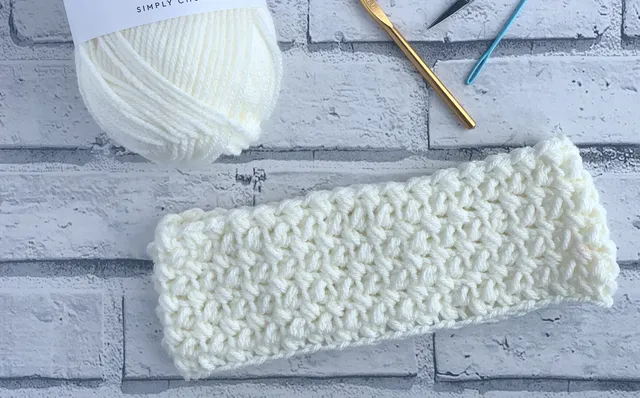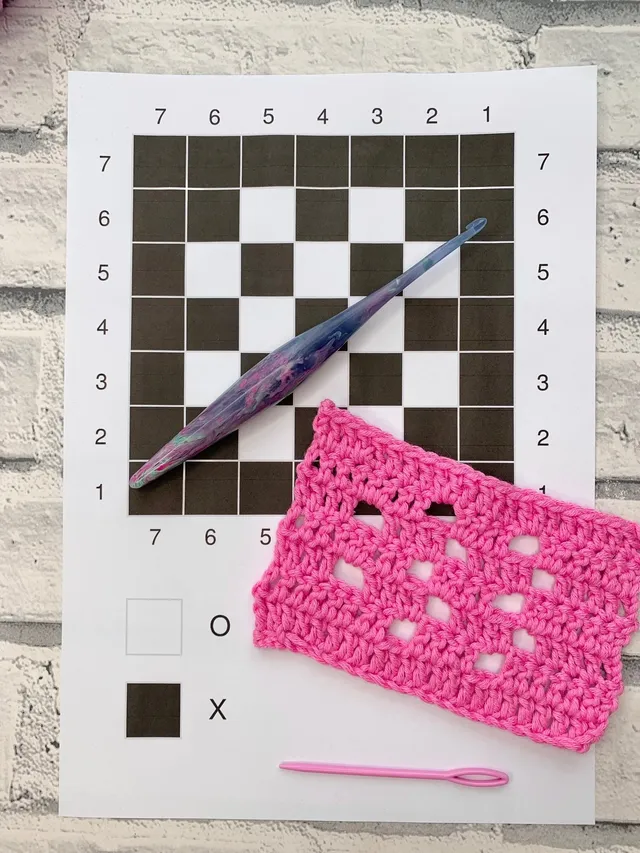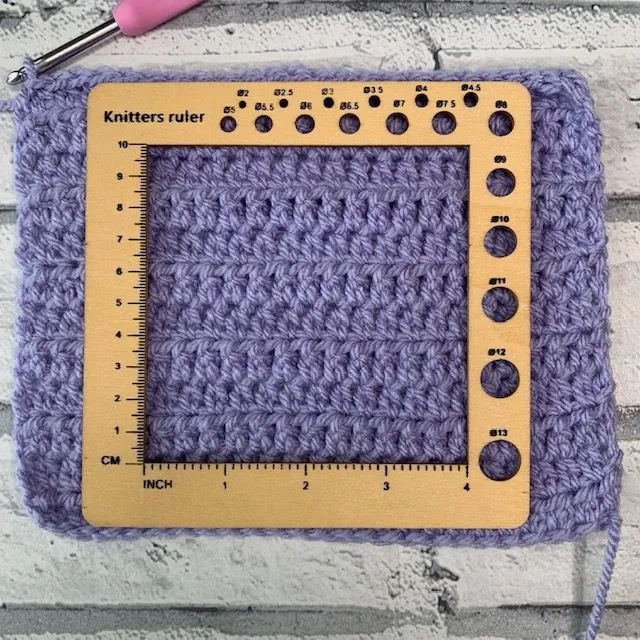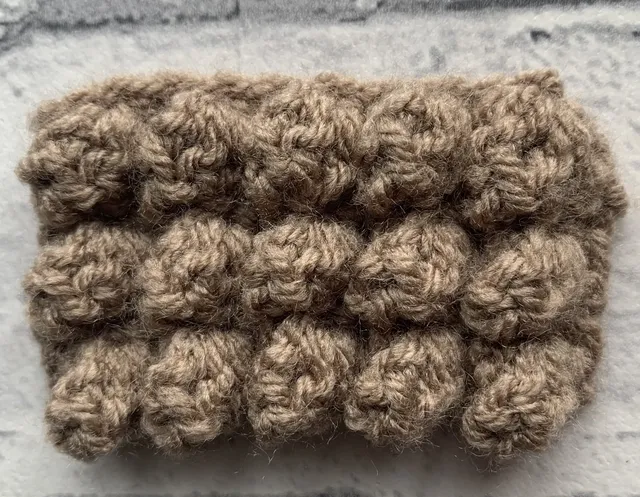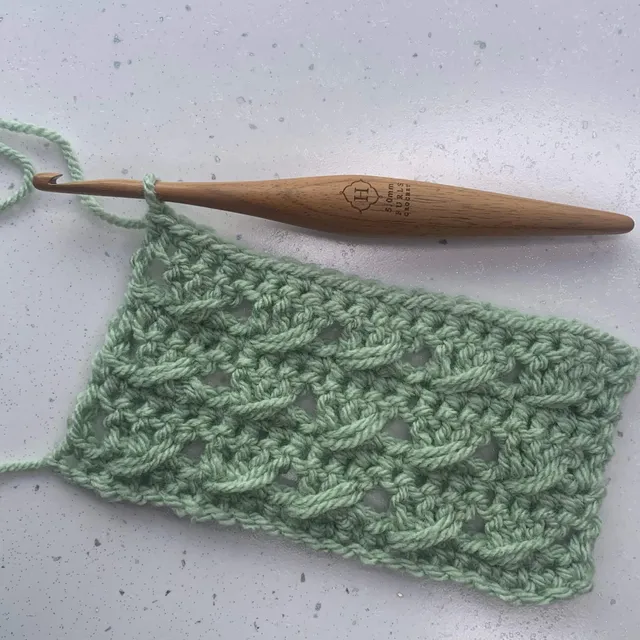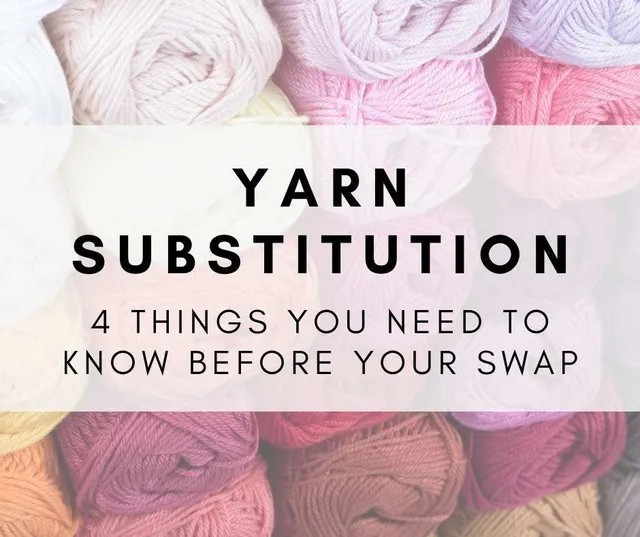3 Ways to Block your Crochet Projects
Learn the 3 ways to block your crochet project: Wet Blocking, Steam Blocking and Spray Blocking to give your crochet projects a professional finish. Find out what materials you’ll need, which technique for each yarn fibre and why it’s so important to take time to block your projects.

3 Ways to block your Crochet Projects | Learn to Crochet
There are 3 ways to block your crochet projects:
- Wet blocking
- Spray blocking
- Steam Blocking
Each of the 3 ways to block your project simply use water to wet the fabric, before you pin the project to shape and allow to dry – blocking is that simple.
It can be very confusing when you first hear about blocking your projects as there is lots of information out there and every crocheter has their own way of blocking. Here I will share my preferred methods and materials I use to block my crochet projects.
If you’d like to learn more about when to block your crochet projects here and read on to see exactly how to block your projects in each way.
Please note that some of the links in my blog are affiliate links. I may earn a small commission if you purchase via this links, but the price you pay is not affected
What materials do you need to block your crochet projects?
Each way to block your projects will require different products and materials but many will cross over too.
Here are the essentials you will need for all the types of blocking:
- Rust proof pins – dress making pins, T-Shaped pins, whatever you have to hand as long as they wont rust or leave a mark on your projects – lots and lots of them
- Blocking mat – this could be a towel, kids playmats or an old yoga mat (my preference).
- Yes, you can find actually blocking mats with measurements on them, but I bet you already have a tape measure
- View on Lovecrafts
- Spray bottle – you can use this to re-wet areas or pre-soak areas in both the spray and steam methods
There are some optional upgrades that you will find useful for some specific crochet projects too:
- Blocking wires
- Great for shawls, blankets and other projects with straight edges without using lots of pins
- View blocking wires on Amazon:
- UK – https://amzn.to/3xwHmY8
- US – https://amzn.to/3EiSRDH
- Blocking Combs
- they work like placing lots of pins in one go – great for sharp corners
- View Blocking Combs on Amazon:
- UK – https://amzn.to/3OfZGdK
- US – https://amzn.to/3KMMDyt
- Blocking Boards (peg boards)
- This are amazing for crochet squares and granny squares. You can block more than one square at a time and they will all be the same size too!
- You can make your own or See examples below:
- UK – https://amzn.to/3JYbUVj
- US – https://amzn.to/3LYjOzg
- Gauge Ruler
- also known as a knitters square (insert eye roll) Make it super easy to check your gauge within a 4 inch (10cm) square as you are pinning out your project.
- Garment Steamer
- I simply love my steamer (click here to see my favourite), it makes steam blocking quicker and it’s lighter than my iron. You’ll find out why the weight of the steamer makes a difference when you learn how to block this way.
- View a cordless one live I have on Amazon:
- UK – https://amzn.to/3xvxmOv
- US – https://amzn.to/3JPxKtQ
If you are completely new to blocking your projects, there are so amazing kits out their that contain all the basics and some of those upgrades too so that you can have a play around and practice your blocking skills without breaking the bank.
These crochet blocking kits are available on Amazon:
As you explore the huge subject of crochet blocking in more detail, you will continue to find more products designed to make this process easier – it you’re going to be doing a lot of projects that require blocking, these are worth the investment over time.
Lets find out exactly how to perform these 3 ways to block your crochet projects:

How to Steam Block your Crochet Projects
The steam process of blocking your crochet project is also known as heat blocking and dry blocking. This technique uses the least water and is why it’s the best option for blocking acrylic yarn as the fibre repels water and great for other fibres that do not like being fully soaked.
The steam only gets a small amount of water into the fabric and the heat loosens the stitches to increase the drape – again perfect for those acrylic projects.
Please use caution when steam blocking – steam burns are extremely painful – keep your fingers and hands out of the steam and allow the pins to cool before removing. Always follow the manufactures guidelines for steam appliances.
- Pin project to shape/size
- Steam gently to dampen the fabric
- DO NOT apply direct heat to your crochet project – acrylic will melt and your stitches will flatten with other fibres
- Keep the iron or garment steamer at least 1 inch away from the fabric
- Keep the iron/garment steamer moving at a regular pace, ensuring that all of the fabric is lightly damp
- Once all areas have been steamed, leave pinned in position until completely dry
How to Wet Block your Crochet Projects
Wet blocking is the process of soaking your project before pinning it out to shape and allowing it to dry. Wet blocking your crochet projects is great for those projects made with natural fibres such as wool and cotton.
Some people wash their projects in their washing rather than just simply soaking it as this allows them to condition the fabric too. You can also add wool wash in to the water that is being soaked too as required. As always, remember to consult the care instructions on the yarn label before beginning the process of wet blocking to check the best way to soak the finished project.
How to wet block your project:
- soak your project in cool/room temperature water (add wool care as required) for 30 minutes or wash as the yarn care instructions suggest
- Remove from water and gentle squeeze to remove excess water
- Place flat on a flattened towel and roll up inside the towel
- press along the towel to remove more water from the project
- This will prevent any excess rubbing/stretching of your project and avoid felting your wool
- Pin out to shape
- Allow to dry completely before removing the pins
This type of blocking is not suitable for 100% acrylic projects as acrylic fibres are resistant to water and will not absorb enough to “set” your stitches. Acrylic and acrylic blends will block better with spray or steam blocking

How to Spray Block your Crochet Projects
Spray blocking is a variation of wet blocking, but you don’t soak your project so the drying process is much quicker. As mentioned above, this technique is better for blended fibres such as acrylic blends.
How to Spray Block your projects:
- Pin out your project to shape
- Fill a spray bottle with cool/room temperature water
- Spray your project lightly and evenly ensuring all of the project is damp
- Double check the position of your project, shaping as you spray.
- Stitches will relax during the spraying process and blocking pins may need to be adjusted during this process
- Allow to dry completely before removing your pins
- You can also introduce heat to this technique by using a hairdryer waved quickly and evenly over your pinned out project which also speeds up the drying process and allows any acrylic projects to be blocked
How to Pin your crochet Project for Blocking
Whichever of the 3 way to block your crochet projects you are using, pinning the project out correctly will ensure a great finish.
Here are my top tips for pinning your project out:
- Pin your work to a clean surface which wont be damaged by the pins
- place your foam blocking boards or a yoga mat on top of a carpet or rug o protect your floor/table
- Lay a dry towel between your blocking mat and project for quicker drying
- Start from the centre of your project, working out towards your corners securing with pins.
- One the centre is secured, pin in the middle of the side section, then pin the corner
- Move and adjust your pins throughout the process

I would love to know about your experiences blocking your crochet projects and if you’ve used other products and materials that have made the process, please let me know.More Stitch Tutorials
*This pattern and its images are copyright protected and the sole property of Fiona Field/Cosy Rosie UK 2020. Please do not redistribute, transfer, sell the pattern, or alter it to claim as your own. *
